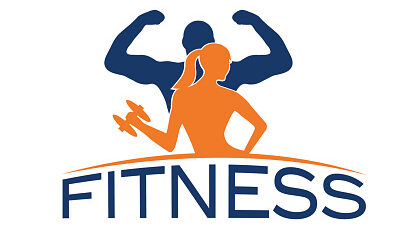Pregnancy Tips for First-Time Moms
The most fundamental pregnancy advice is probably already known to you if you are pregnant or considering becoming pregnant: Avoid smoking and secondhand smoke in general, get some rest and avoid drinking or using other harmful substances.
Here are more than a few pregnancy tips that can assist, assure, and secure healthy prenatal growth.
1. Avoid Caffeine
Caffeine consumption while pregnant carries some serious health hazards. The caffeine enters your baby’s bloodstream through the placenta and is metabolised considerably more slowly. This means that both you and your baby are affected by the negative effects of coffee, which include a frenzied heartbeat, elevated blood pressure, and an aroused nervous system.
The likelihood of miscarriage increases as a result. Your newborn’s low birth weight has been found to grow even in little doses. Consider switching to a naturally caffeine-free herbal tea, but first speak with your doctor or midwife as some herbs can hasten labour.
2. Exercise Regularly
It is a challenge to have a baby, both physically and mentally. Exercise frequently to ward off the discomfort and emotional fluctuations that accompany pregnancy. Low-impact exercise can enhance your mood, boost circulation, and relieve back discomfort.
As a result, your muscles and ligaments will be strengthened in preparation for labour. Swimming and walking are two excellent exercises that minimise the impact on your body. Prenatal yoga helps with restlessness, hip opening, stress relief, and boosts fertility rates.
3. Drink Plenty of Water
Water makes up a significant portion of the amniotic fluid surrounding your baby, so first-time mothers require more water than normal. Low fluid levels can cause miscarriage, birth abnormalities, and difficult childbirth.
Since you need more than usual when pregnant, you can quickly get dehydrated. To stay hydrated, it is advised that you consume at least 10 cups of 8 ounces of liquid each day. Also, water also reduces joint swelling and removes toxins from your body.
4. Make a birth plan
It is a special occasion when you give birth to a baby, and as a mother you would want to make it memorable and secure. There are many reasons why putting together a birth plan is so important. Before heeding any advice from friends and relatives, do your own study about your possibilities.
Since this is your choice, you should have an objective understanding of the various delivery options. A few more choices include having a water delivery, getting an epidural, or delaying the cord clamping.
5. Prenatal massage
Make an appointment for a skilled prenatal massage before giving birth. Low-impact massage is effective in treating lower back pain, which can be dangerous throughout your pregnancy. Additionally, it will improve circulation and reduce swelling-causing irritation.
Massages should be avoided during the first trimester of pregnancy. Since there is a larger probability of miscarriage during this time, the majority of practitioners won’t accept women. After that, you can receive a message at any moment until your due date.
In Conclusion,
Pregnancy for first time mothers can be overwhelming, which is why these tips will come in handy. Each day as your pregnancy develops, new inquiries will arise. The benefit of knowing everything you can about your first pregnancy will be great in the long run. However, it’s also important to know the best pregnancy sleeping positions that will surely be beneficial while you’re pregnant



